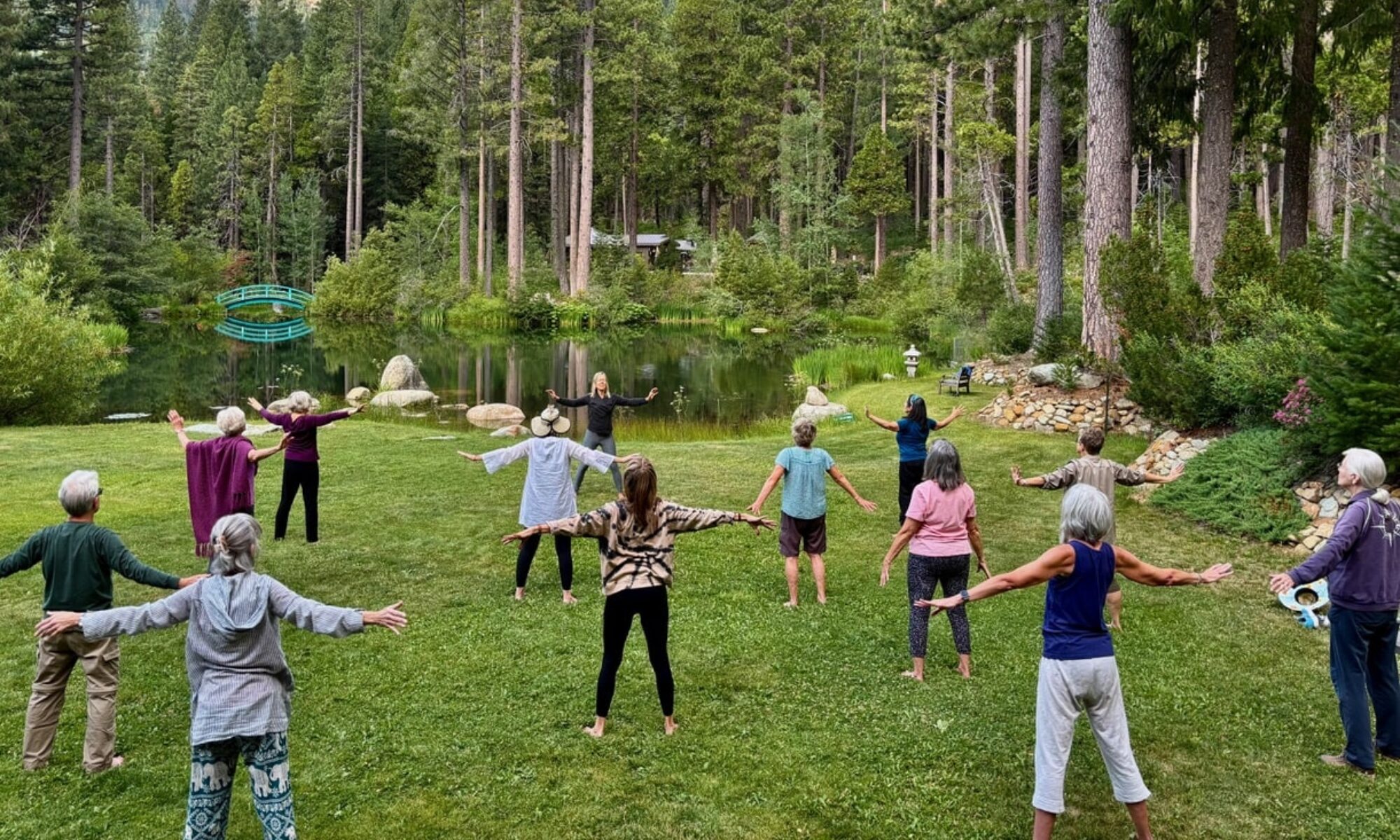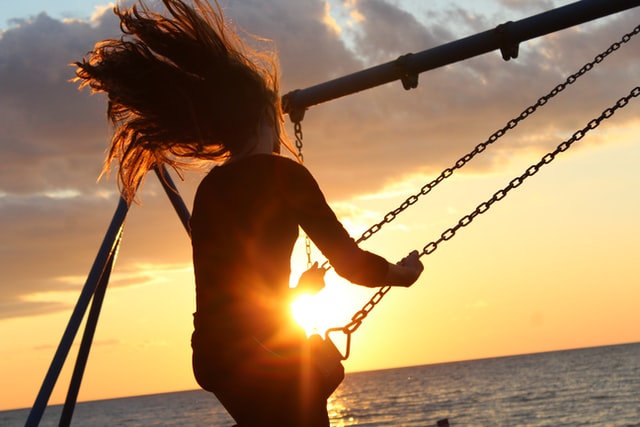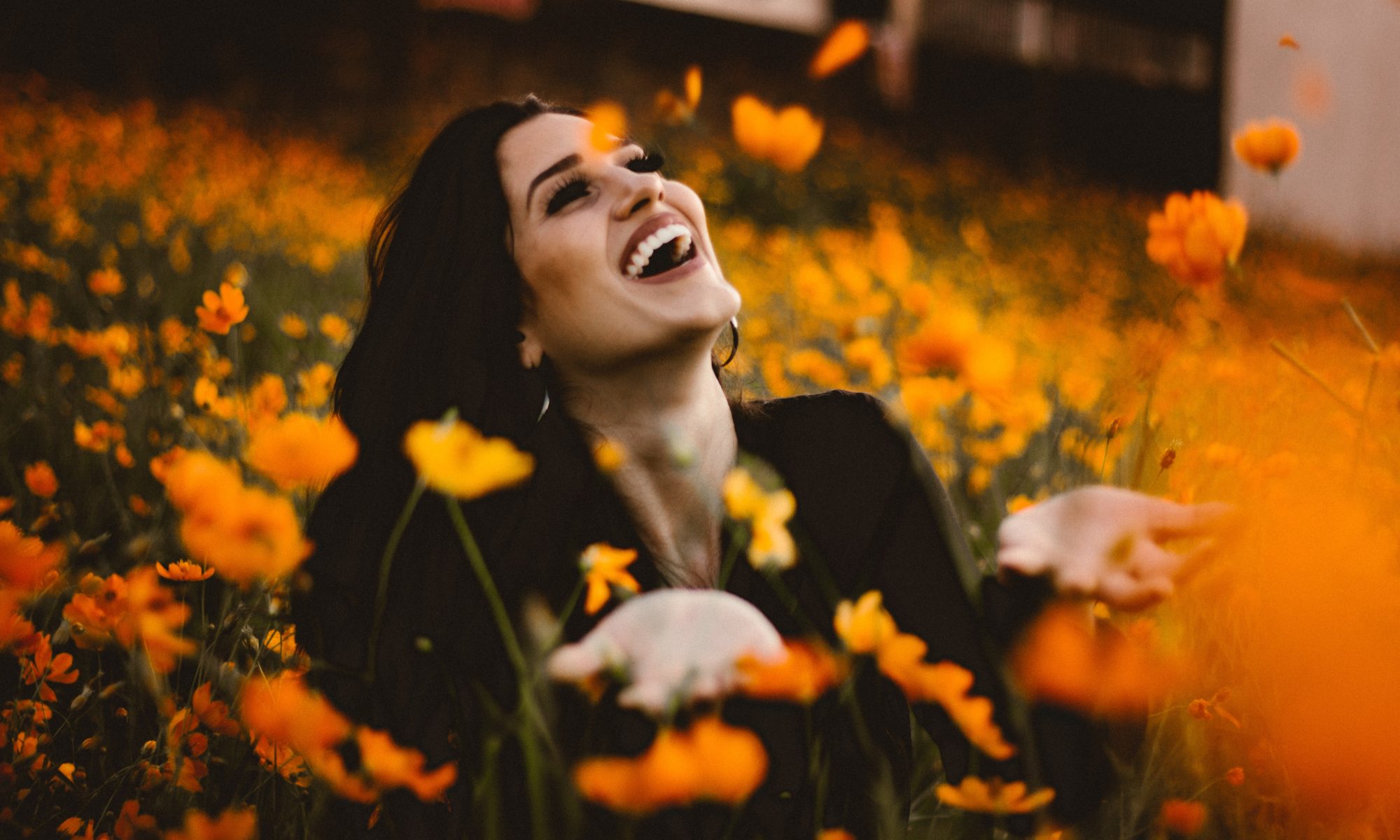Dear Full Life Friends,
One sunny week, when I was nine or ten, my parents and I were camped in a tent above the Mediterranean Sea along the Costa Brava. I woke each morning knowing I was in one of the most beautiful places I would ever see. I remember one morning, sitting with my dad outside the tent, while he poured tiny pancakes into a small pan sitting atop a backpacking stove. Mom was organizing our camp. We were all in swimming suits and shorts and I ate one steaming dollar-sized pancake after another while staring down at the jade and turquoise water and learning just how wonderful life can be.
Six months after my dad’s death from pancreatic cancer, memories like this surface regularly. Grief constantly changes shape and texture. Sometimes it is a sharp pang, a realization that Dad is gone and I won’t ever see him or touch him again. Sometimes it is a sucking emptiness that seems to drag my vitality out of me from behind as I try to step forward into my day. And sometimes it is a gentle, warm blanket of memory and realization~ how lucky I have been.
Yoga has helped me in so many ways during my 56 years of life. And right now, as I ride this ocean of my own emotions, it continues to support me. Sometimes grief tightens my stomach and I realize my diaphragm is paralyzed- I am taking short, shallow breaths into my chest. Then I soften, I release into a deeper breath and the tension slowly rolls out, breath by breath.
I knew, during my first yoga classes with my beloved teacher Maya Salganek I was tapping into something deep with possibility. After each class my body felt more open, my mind more relaxed. I felt a little more present and sometimes really energized or content.
Just the other day I received my official Yoga Therapy certification paperwork in the mail. This has been a long journey for me. I remember being in a summer graduate school program and a young woman offered to guide us each morning in yoga. Each day as I joined that circle I longed to be teaching it, guiding my classmates. When I got home to my practice, I started teaching, out loud, imaginary students in my bedroom. Every home practice was out loud with anticipation. Teaching yoga became a deep desire.
After taking several semesters of Maya’s classes at the university she told me, “We are looking for more university yoga teachers. I’d like you to join us.” I felt so honored and afraid. Could I really teach others? Could I guide them in a practice and help them to feel as good as Maya helped me?
I have had so many ask me, what is yoga therapy? How does it differ from the yoga you already teach? Yoga therapy is a deepening of the class practices we are already doing. And yoga therapy work can filter into these classes. Yoga therapy can also be done individually or one-on-one with a yoga therapist. In these sessions we address your individual concerns, mental, emotional, physical and spiritual tendencies.
Yoga (the eight limbs of practice designed to help us reach enlightenment) and Ayurveda, the health science branch of yoga, combine in yoga therapy with the most recent research into the body and the brain to help individuals heal holistically. We look together at different ways to understand energy~ the five koshas, the layers of being, the gunas, energetic qualities in the world, the doshas, energetic tendencies inside the body, to help us to understand ourselves better.
And as we become more sensitive to how energy moves in the body, we learn better how to take care of ourselves- which poses and practices most benefit us today. We may be able to realize and release old trauma. We may better listen to an injured body part as we feel into how to move it and care for it with kind attention, and we may be supported in handling our insomnia, grief, fear or depression.
Yoga therapy sees the whole person as interwoven, inseparable and part of a larger community. We don’t focus on just one body part, even if you have an injured shoulder. We look at interconnections, how the body works with and around the injured area. If we strengthen the torso beneath the shoulder, ground the pelvis well, can we give that shoulder more support?
We can support the physical body by watching our patterns of holding tension and stress, calming the nervous and adrenal systems with yogic techniques. We can calm the mind through movement and breathing techniques.
Like the physical body, we can help the emotional body heal- through moving the physical body and breathing, releasing old tension held, perhaps for decades, in the tissue of the muscles. We may access inner koshas, the wisdom body, the bliss body to help the emotional body heal. We may get in touch with past and future selves to guide us right now.
And as we continue to explore the age-old wisdom of yoga along with recent understanding of the body and mind through MRI imaging and scientific study, we get to know ourselves better and we get to know techniques that will help us care for ourselves and our families.
Yoga therapy can benefit anyone~ as a support after surgery or the loss of a loved one.
Our first morning on the Costa Brava my dad took me down to a rock outcropping just above the water. We could see deep into the water and my dad told me we could dive in and swim across the little cove to the beach.
“No way Dad, there are sharks in the ocean. I am NOT swimming in there.”
Jaws had just come out and though I have never seen the movie, I had seen the ads, I had heard the music, I had imagined getting a limb bitten off and bleeding out into the water.
“No way.”
“Trace, sharks are just another living thing in the world. And movies sometimes make monsters of living things just for the thrill it gives people. And this is a big ocean and there really aren’t that many sharks… Doesn’t that water look beautiful? Wouldn’t it feel good to swim over to the beach? Sometimes it is good to dive in and face our fears…”
He talked to me for a long, long ten-year-old time, my first yoga teacher, and somehow convinced me to dive in. I can still feel myself swimming. He stayed right beside me. And as we crawled up onto the beach some scuba diving hunters were surfacing too. One was holding a large octopus, still alive.
“Dad, what are they going to do with it?”
“I think they’ll eat it for dinner.”
I remember feeling so sad for the octopus and thinking of the hunters as the sharks.
Sometimes the grief is tinged with regret~ sandpaper rubbing across skin. I want more time to tell my dad how lucky I have been to have him as a father. I want more time to apologize for rebelling against him in high school. More time to tell him how much it meant to me after college when he told me he was glad I had gone to the beat of my own drummer.
Sometimes the grief is heavy with unspoken words.
And the tears flow. And I practice being present with where the sensations are in my body. And I ask my body what it needs now. And I breathe, I release the tension, the sadness. I move through a slow practice and stay present with moving emotions, moving body, the changing texture and weight of life.
Then Izzy invites me out for a walk. And as I climb up the hill behind my house my eyes glance up above the treetops looking for the red tailed hawks my dad loved. I imagine he is out there in the forest, watching over us.
Thank you for understanding that I have not been able to write for a while. The words just wouldn’t come.
And thank you for accepting my coming trip up the Costa Brava with three friends on our way to our week-long retreat in France. This will be the first time I have gone back to the Costa Brava since childhood.
If you are a current student, you were sent an email telling you who the Full Life guest teachers will be while I am gone. Tap into their knowledge and expertise. And you are also welcome to use the Full Life Yoga Studio YouTube channel as well. If you use the videos, please subscribe (you can do this anonymously) to the Full Life channel and give a thumbs up to any of the videos you like. I appreciate your help growing my clientele.
Please read the side bar for upcoming events and opportunities.
And finally, If any of you would like individual yoga therapy sessions, you can make an appointment on the new calendar on the home page or press here to go directly to the calendar.
I hope to see you soon.
Much Love,
Tracy




